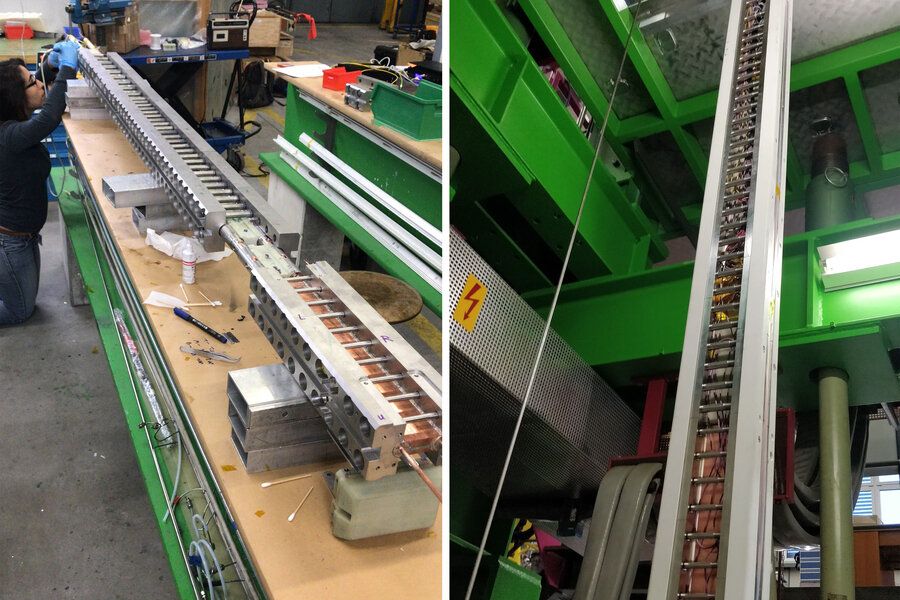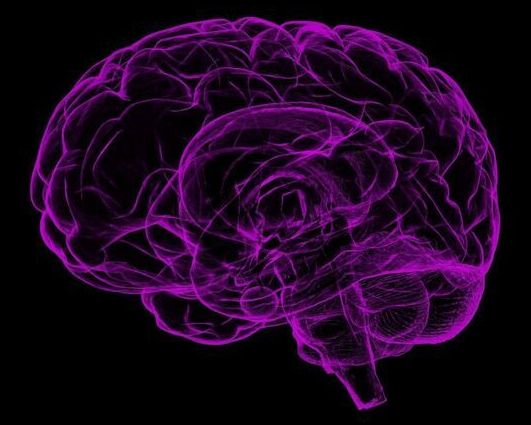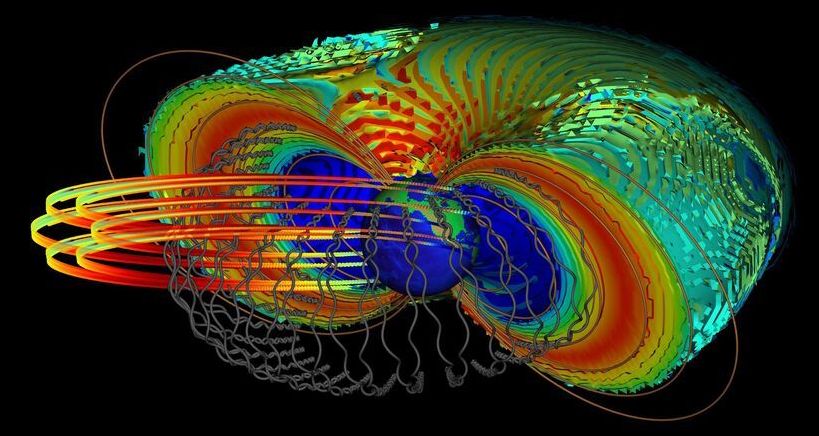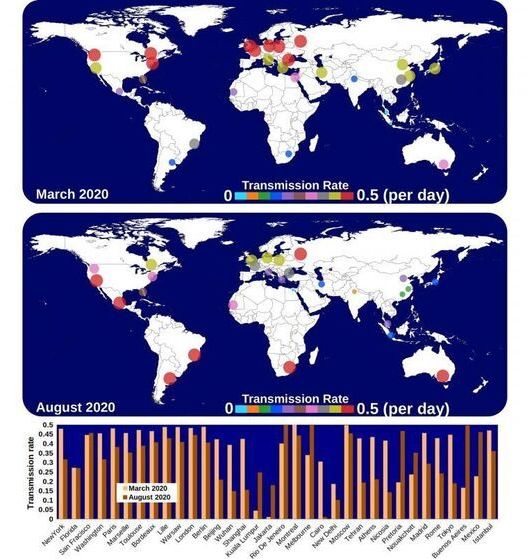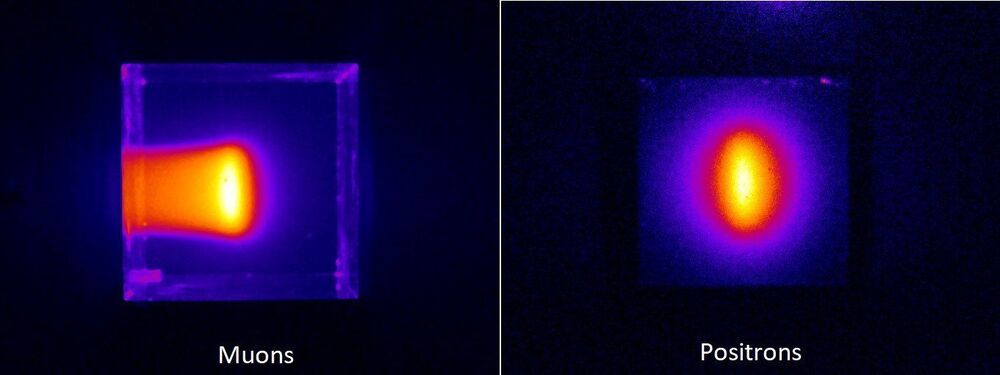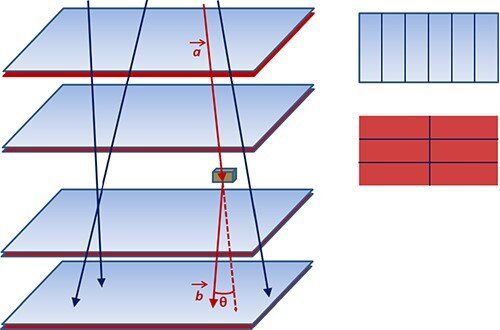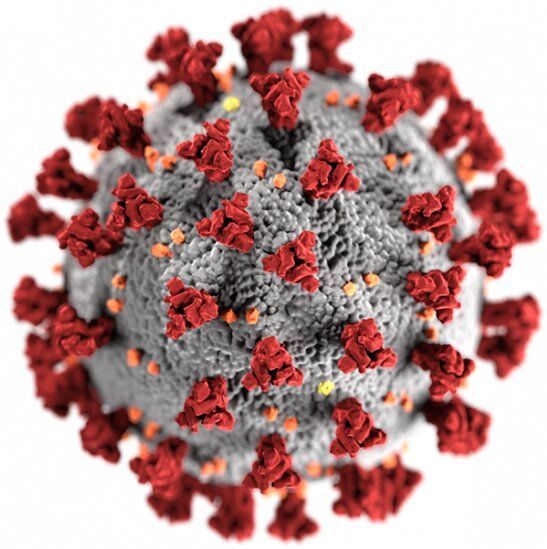The Expanscape Aurora 7 is the 26-pound, 28-minute, seven-paneled laptop of your dreams.
Virtual reality isn’t just for gaming. Researchers can use virtual reality, or VR, to assess participants’ attention, memory and problem-solving abilities in real world settings. By using VR technology to examine how folks complete daily tasks, like making a grocery list, researchers can better help clinical populations that struggle with executive functioning to manage their everyday lives.
The pursuit of fusion as a safe, carbon-free, always-on energy source has intensified in recent years, with a number of organizations pursuing aggressive timelines for technology demonstrations and power plant designs. New-generation superconducting magnets are a critical enabler for many of these programs, which creates growing need for sensors, controls, and other infrastructure that will allow the magnets to operate reliably in the harsh conditions of a commercial fusion power plant.
The many different sensations our bodies experience are accompanied by deeply complex exchanges of information within the brain, and the feeling of pain is no exception. So far, research has shown how pain intensity can be directly related to specific patterns of oscillation in brain activity, which are altered by the activation and deactivation of the ‘interneurons’ connecting different regions of the brain. However, it remains unclear how the process is affected by ‘inhibitory’ interneurons, which prevent chemical messages from passing between these regions. Through new research published in EPJ B, researchers led by Fernando Montani at Instituto de Física La Plata, Argentina, show that inhibitory interneurons make up 20% of the circuitry in the brain required for pain processing.
A new study found that electrons can reach ultra-relativistic energies for very special conditions in the magnetosphere when space is devoid of plasma.
The ‘second wave’ of the coronavirus pandemic has resulted in much blame placed on a lack of appropriate safety measures. However, due to the impacts of weather, research suggests two outbreaks per year during a pandemic are inevitable.
First images of muon beams
Posted in particle physics
A new technique has taken the first images of muon particle beams. Nagoya University scientists designed the imaging technique with colleagues in Osaka University and KEK, Japan and describe it in the journal Scientific Reports. They plan to use it to assess the quality of these beams, which are being used more and more in advanced imaging applications.
Each year, billions of tons of goods are transported globally using cargo containers. Currently, there are concerns that this immense volume of traffic could be exploited to transport illicit nuclear materials, with little chance of detection. One promising approach to combating this issue is to measure how goods interact with charged particles named muons—which form naturally as cosmic rays interact with Earth’s atmosphere. Studies worldwide have now explored how this technique, named “muon tomography,” can be achieved through a variety of detection technologies and reconstruction algorithms. In this article of EPJ Plus, a team headed by Francesco Riggi at the University of Catania, Italy, build on these results to develop a full-scale muon tomograph prototype.
At 2 a.m. one night last April, Michael Schoof triple-checked the numbers on his screen, took a deep breath, and fired off an email he’d been waiting all day to send.
The Army is planning for a shoot-off to search for a long-range precision munition to give its future aviation fleet stand-off from enemy assets.


